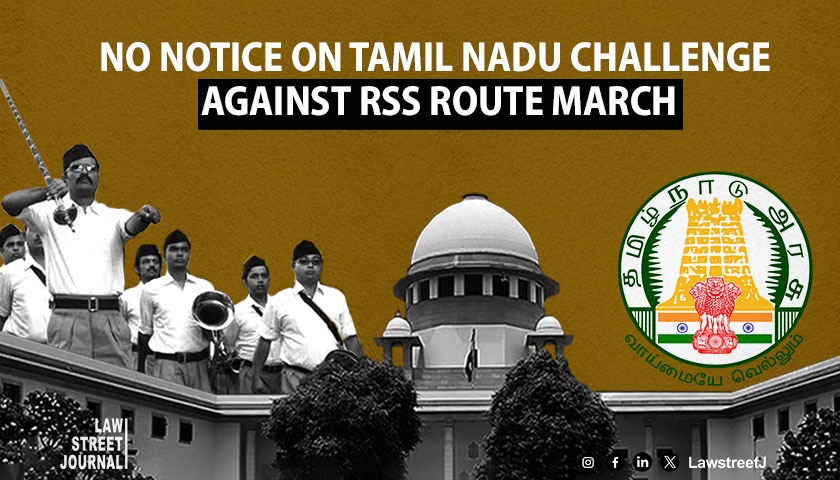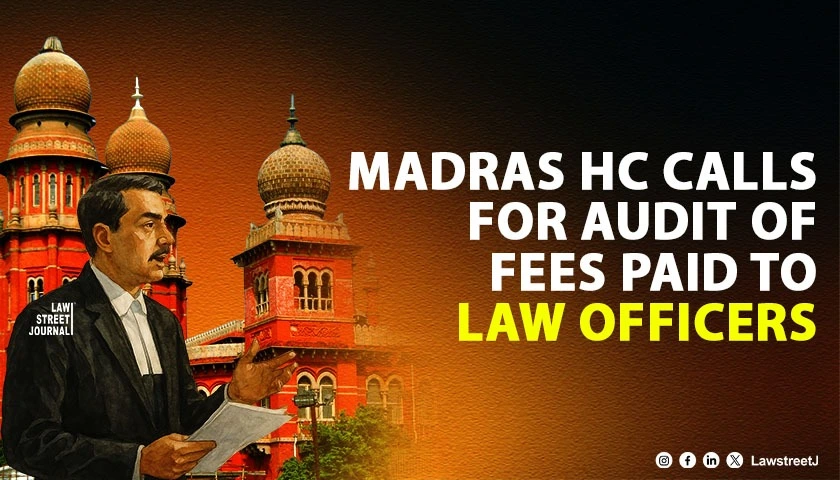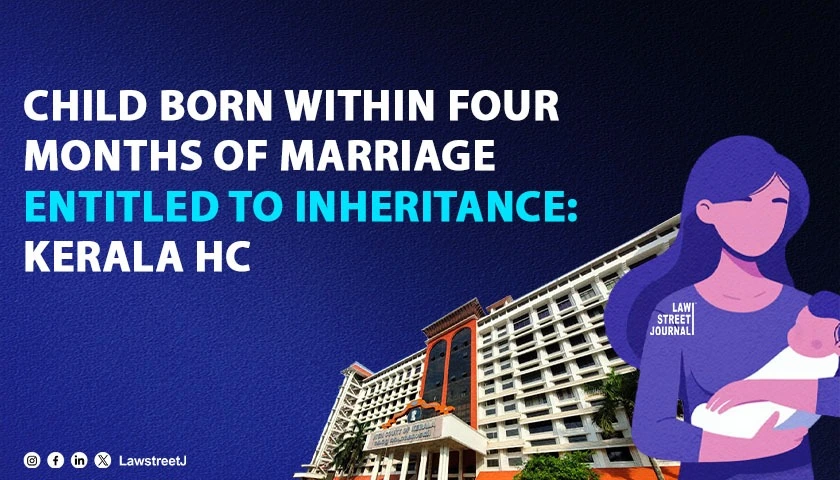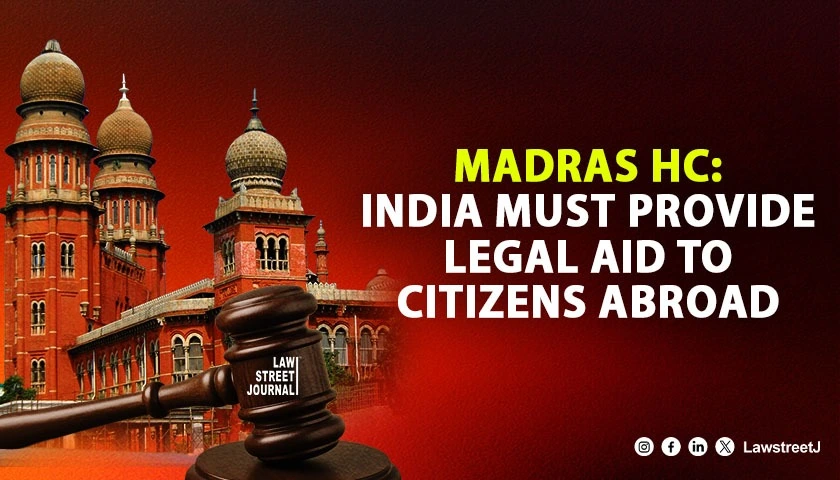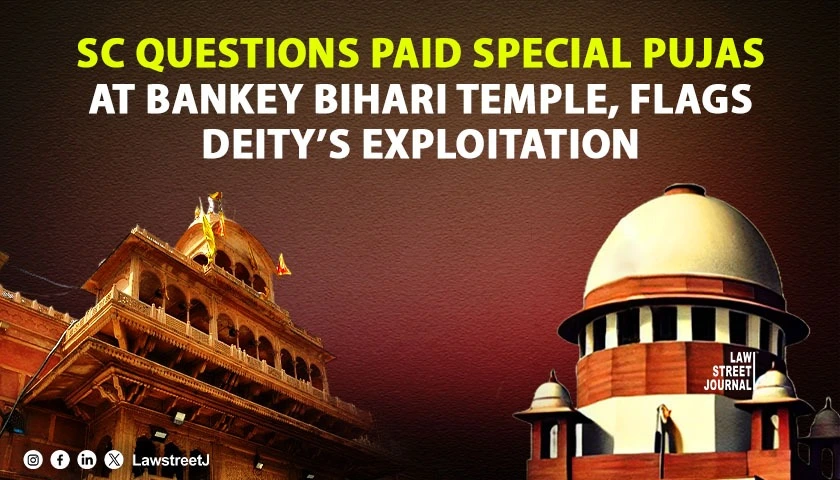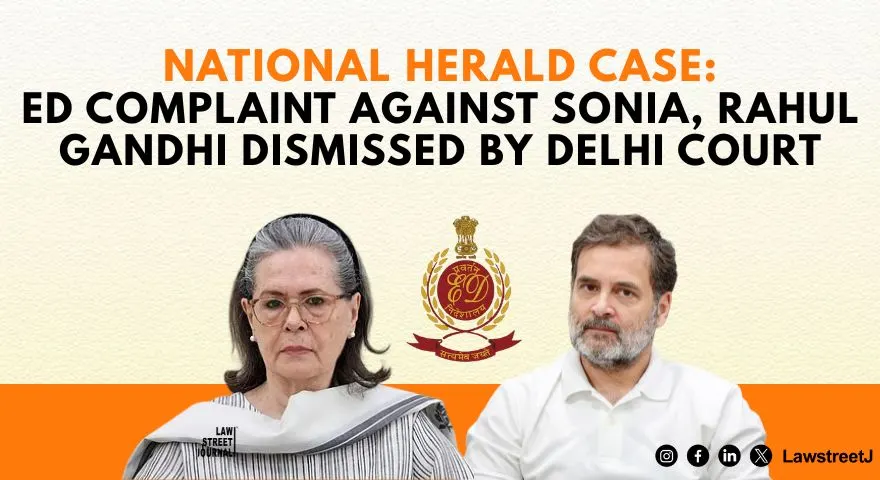CHENNAI: Coming to the relief of a 94-year-old Indian National Army (INA) member, the Madras High Court directed Centre to grant him pension under Swatantrata Sainik Samman Yojana.
A Division Bench of Chief Justice Sanjay V. Gangapurwala and Justice D. Bharatha Chakravarthy observed that there was not doubt that the first respondent was a member of INA and that he was incarcerated.
Therefore, the scheme has to be read harmoniously and in the facts of the present case, where the co-prisoners have suffered a term slightly lesser than one year, the same cannot be put against the first respondent, who is otherwise eligible for pension. It must be borne in mind that the fact that the first respondent is a member of INA and suffered incarceration is not doubted. The District Collector who conducts on-field inquiry is satisfied with his eligibility and the State Government has also recommended. Under the circumstances, when the learned Single Judge has held that various clauses of the scheme have to be read harmoniously and exercised her discretion, this Court as an Appellate Court need not interfere in the discretion exercised by the learned Single Judge.
In this case, the first respondent joined the Indian Independence League in the year 1943 and undertook a campaign for the freedom struggle. He was incarcerated for a period of six months by the British Army in Rangoon Jail. He had applied for a pension under the Freedom Fighters Pension scheme under the name Swatantrata Sainik Samman Yojana. However, the Central Government rejected the application on the ground that the co-prisoners certificates furnished by INA personnel were not given by the persons who had suffered the requirement of one-year imprisonment. Accordingly, he moved before the High Court, and a Single judge ruled in his favour. Aggrieved, the Centre preferred this appeal.
The Court noted that the Government of India had originally framed a Freedom Fighters Pension scheme, 1972, which was later modified and re-notified as SSSY, 1980 with effect from 1981. Under the said scheme, Pension is granted to Freedom Fighters, at the rates notified and modified from time to time.
Thus, it can be seen that Freedom Fighters who suffered minimum imprisonment of six months are eligible. They are required to apply in the form as contained in Annexure III, the Court said.
The Bench noted that the primary mode of proving incarceration was to obtain a certificate from the concerned Jail Authority or District Magistrate or the State Government or to obtain a Non-Availability of Record Certificate from the concerned authorities along with the co-prisoners certificate.
A careful reading of the above, it would be clear that it is primarily concerned with Freedom Fighters who have suffered imprisonment in the mainland jails. The Scheme, it does not seem to specifically consider the method of primary proof in respect of the INA personnel, who suffered imprisonment outside India. In such cases it is the Central Government which has the wherewithal to verify the facts from other countries such as Myanmar and obviously the Freedom Fighters cannot produce any certificate from Jail Authority or District Judge or the State Government. Nor those authorities can issue any Certificate. Thus, it can be seen that while the mainland prisoners have the primary mode of proving their claim either by producing the primary evidence or in the absence of the same, secondary mode of co-prisoners certificate, in the case of members of the INA such as the 1 st respondent herein, the only possible mode by which they can prove is by producing the co-prisoners certificate.
While upholding the single judges order, the Division Bench in its order modified that the 1st respondent will be entitled for arrears of pension with effect from March 19, 2018.
Deputy Solicitor General R. Rajesh Vivekananthan represented the Appellant and Government pleader A. Edwin Prabhakar appeared for the Respondents.

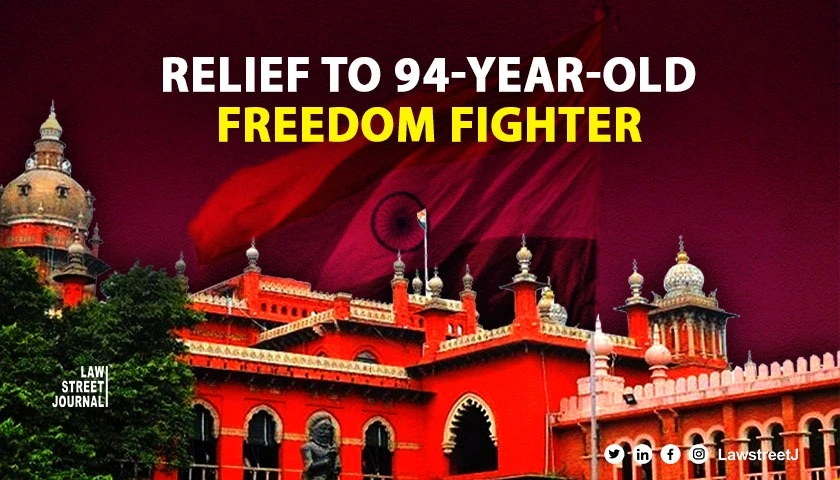
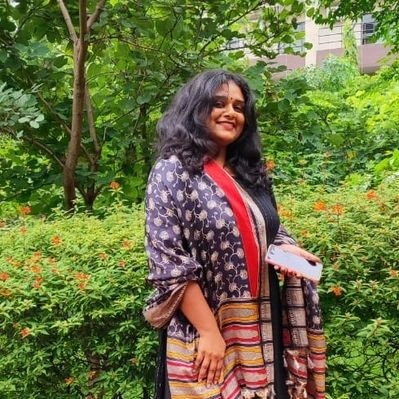





![Madras High Court Directs Tamil Nadu Government to Ensure Quota for Transgenders in Local Body Elections [Read Order]](/secure/uploads/2023/08/lj_2507_7a03d113-08b1-4670-b6fb-9058aee481d0.jpg)
